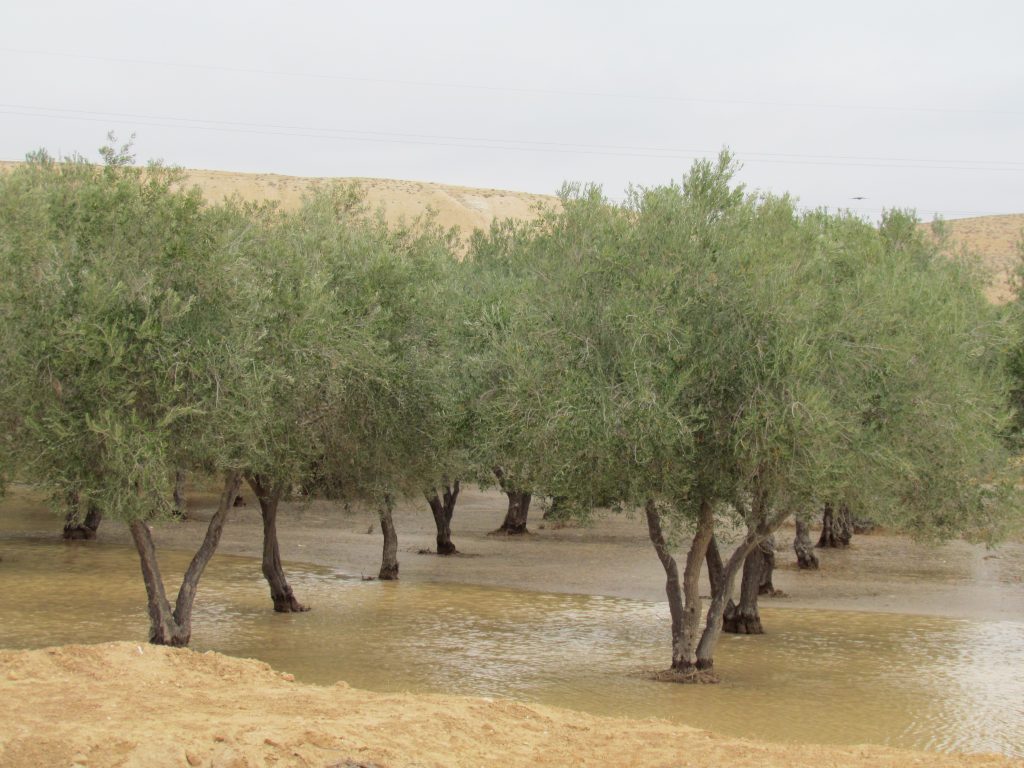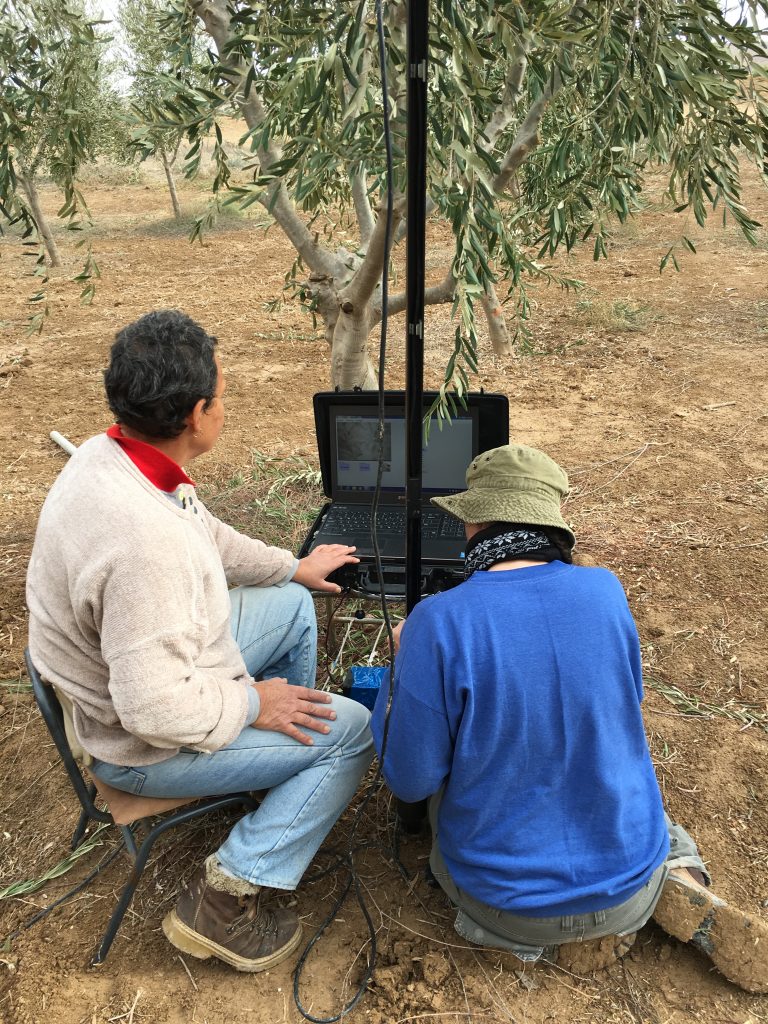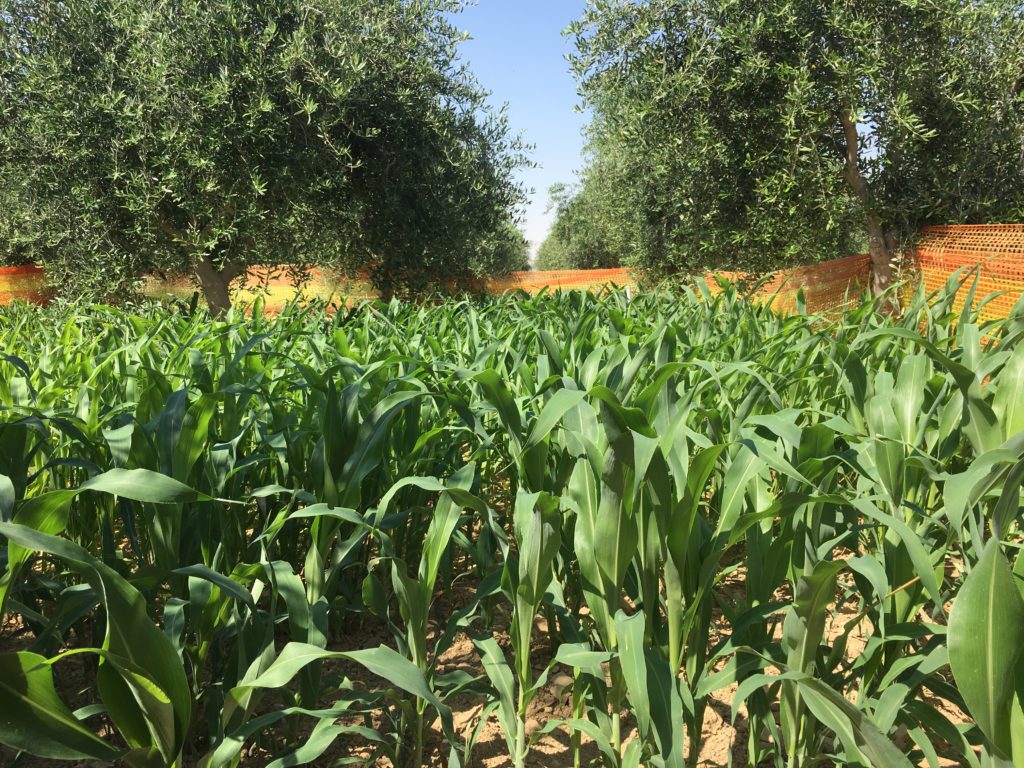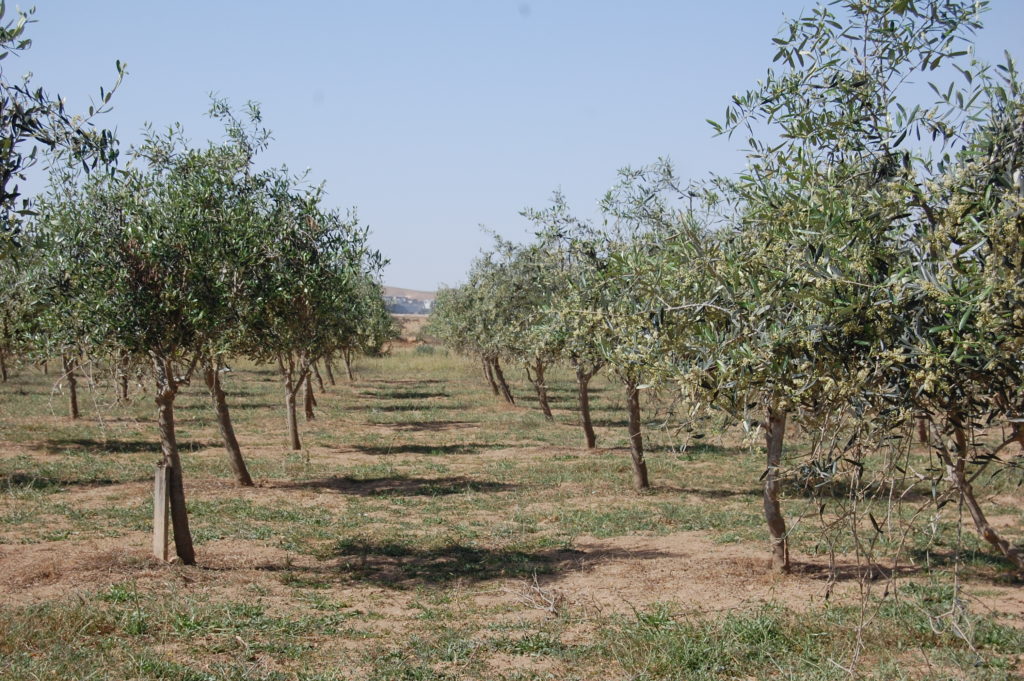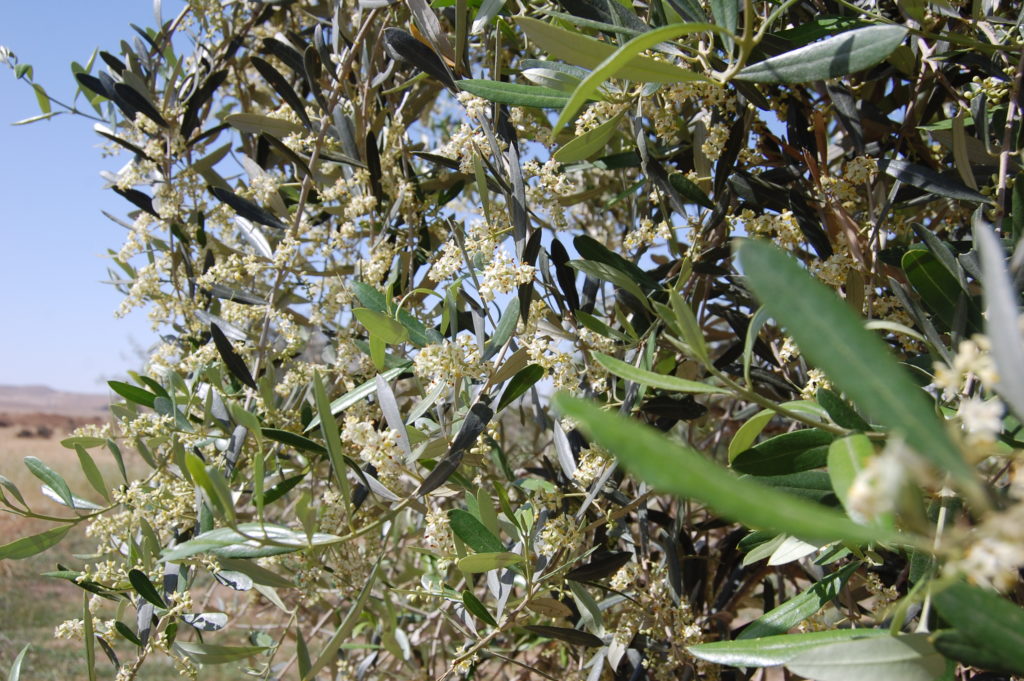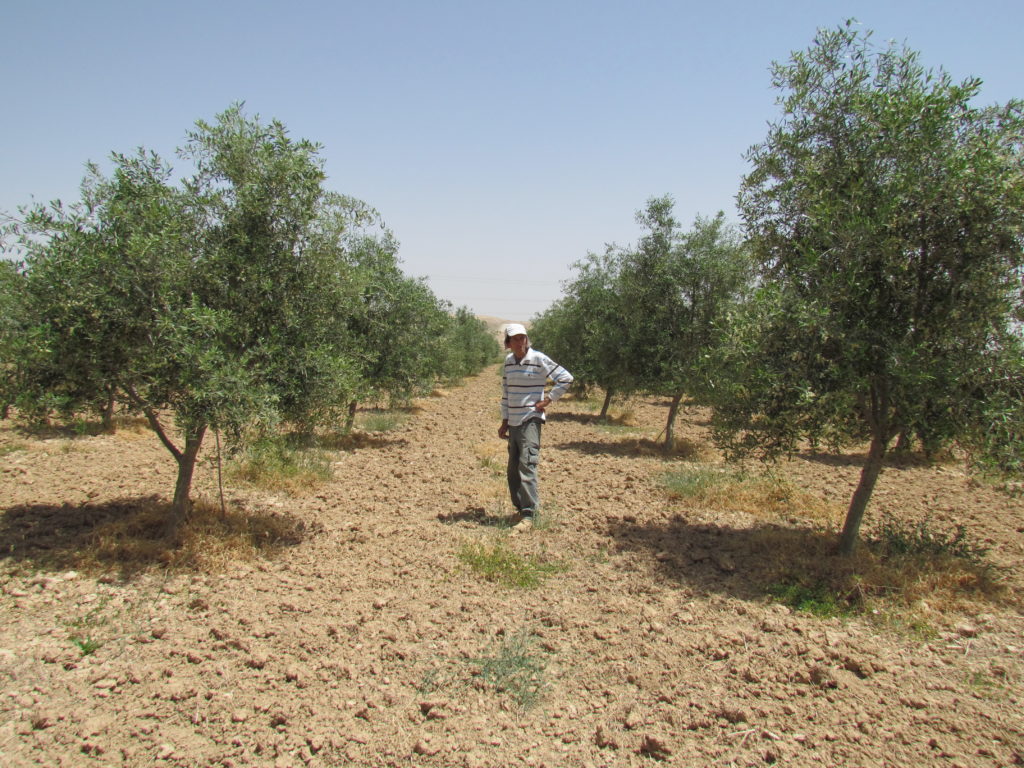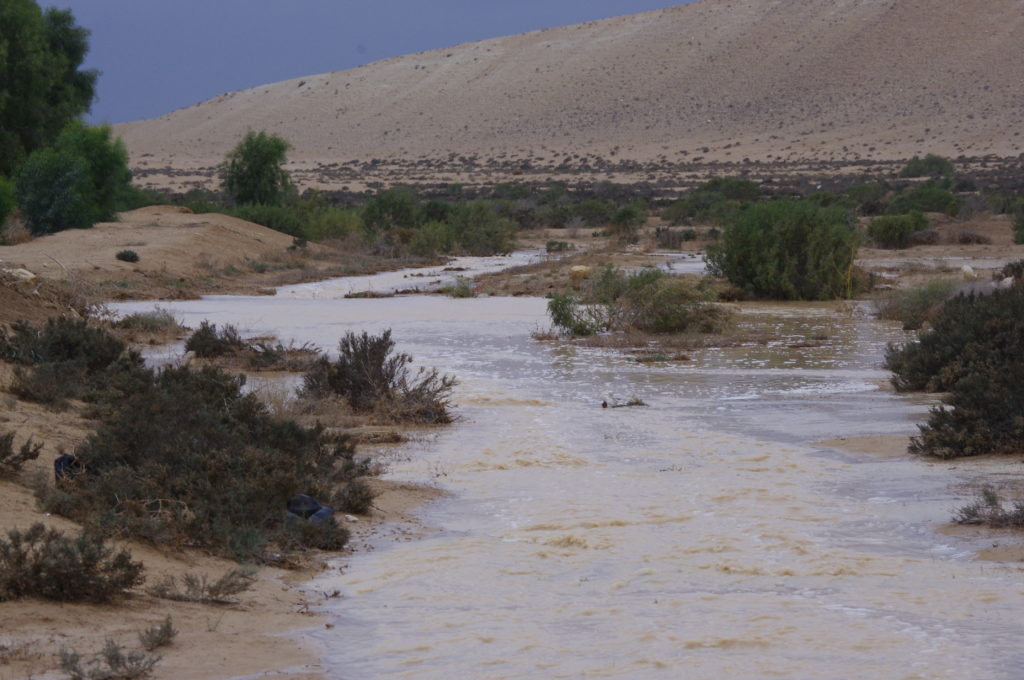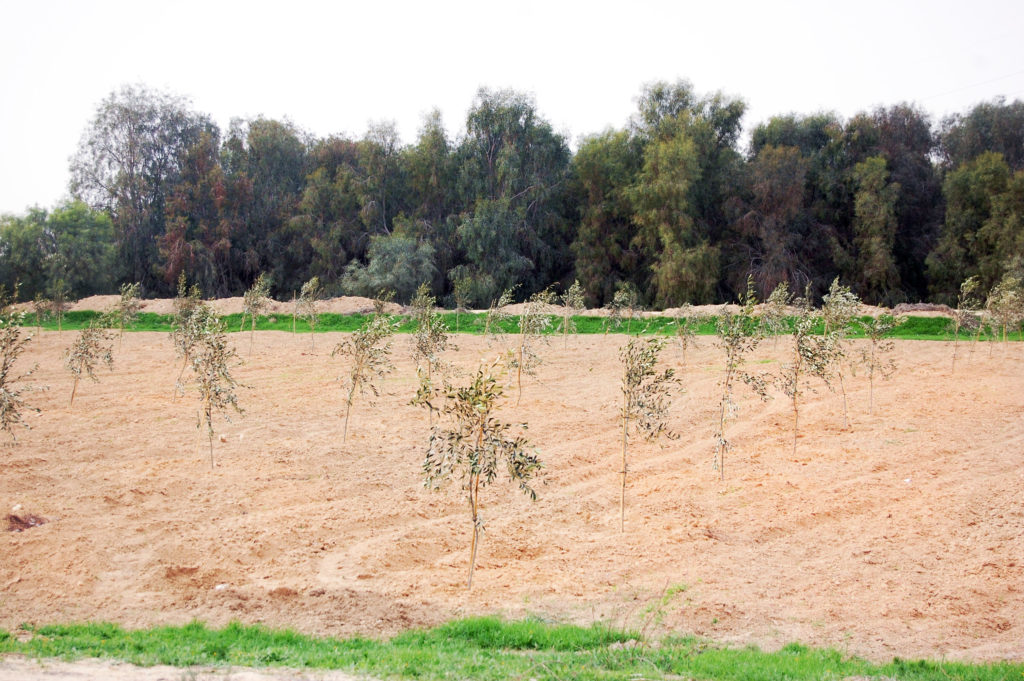BGU students are planting olive trees and crops to advance agricultural research in Israel and drylands around the world.
At Wadi Mashash, BGU’s experimental desert farm, agriculture is based entirely on the collection of the winter floodwaters from the region’s mere four inches of annual rainfall. This farming method, used two thousand years ago by the Nabataeans, could hold the secret to ending the suffering of millions of people around the world whose sustenance relies solely on harvesting crops irrigated with rainfall.
Americans for Ben-Gurion University is supporting this project with its Plant a Tree to Seed Desert Research initiative. Following a December 2018 flood, a wheat “intercrop” was planted in between the rows of trees. Researchers will evaluate its viability in maximizing land and water use to produce several crops in the same plot of land.
Your support will help make this possible and will help determine the sustainability of this new/old agricultural method.
Floods in the desert? Because the desert receives such little rainfall, the soil is not very porous. During a winter rain, flash floods run down the desert hills into wadis. At Wadi Mashash, these waters are conveyed through dirt channels and funneled into basins in which the trees are planted — land tubs that have been fortified with retaining walls — capturing the water for agriculture.
Plant Olive Trees News
see all newsCan Olive Trees and Wheat Co-Exist?
At BGU's desert experimental farm, olive trees and wheat are sharing the same land.
Israel and the Olive Tree
For thousands of years, Israel has been a fertile, natural environment for harvesting olives.
Millions Could Benefit From Drought-Stricken Olive Trees
At BGU’s experimental desert farm, agriculture is based solely on the collection of rare floodwaters.

